What landmarks are pictured on Russian ruble banknotes?
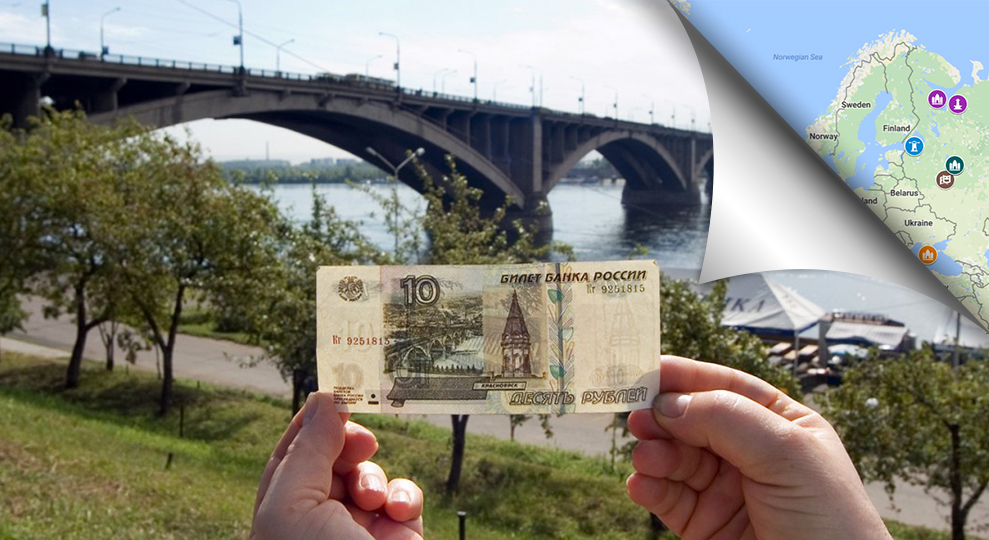
Kommunalny Bridge in Krasnoyarsk
Legion MediaHow to use the map: We put all the Russian landmarks depicted on the notes on this map, so you can either browse them freely zooming into different regions (because there is usually more than one landmark on one note). Or you can press the button on the left top corner to see the list of all the Russian "cash" landmarks.
1. 10 rubles
This is a rare one! If you’re lucky to find this note then save it as a souvenir because it was officially replaced with coins in 2012.
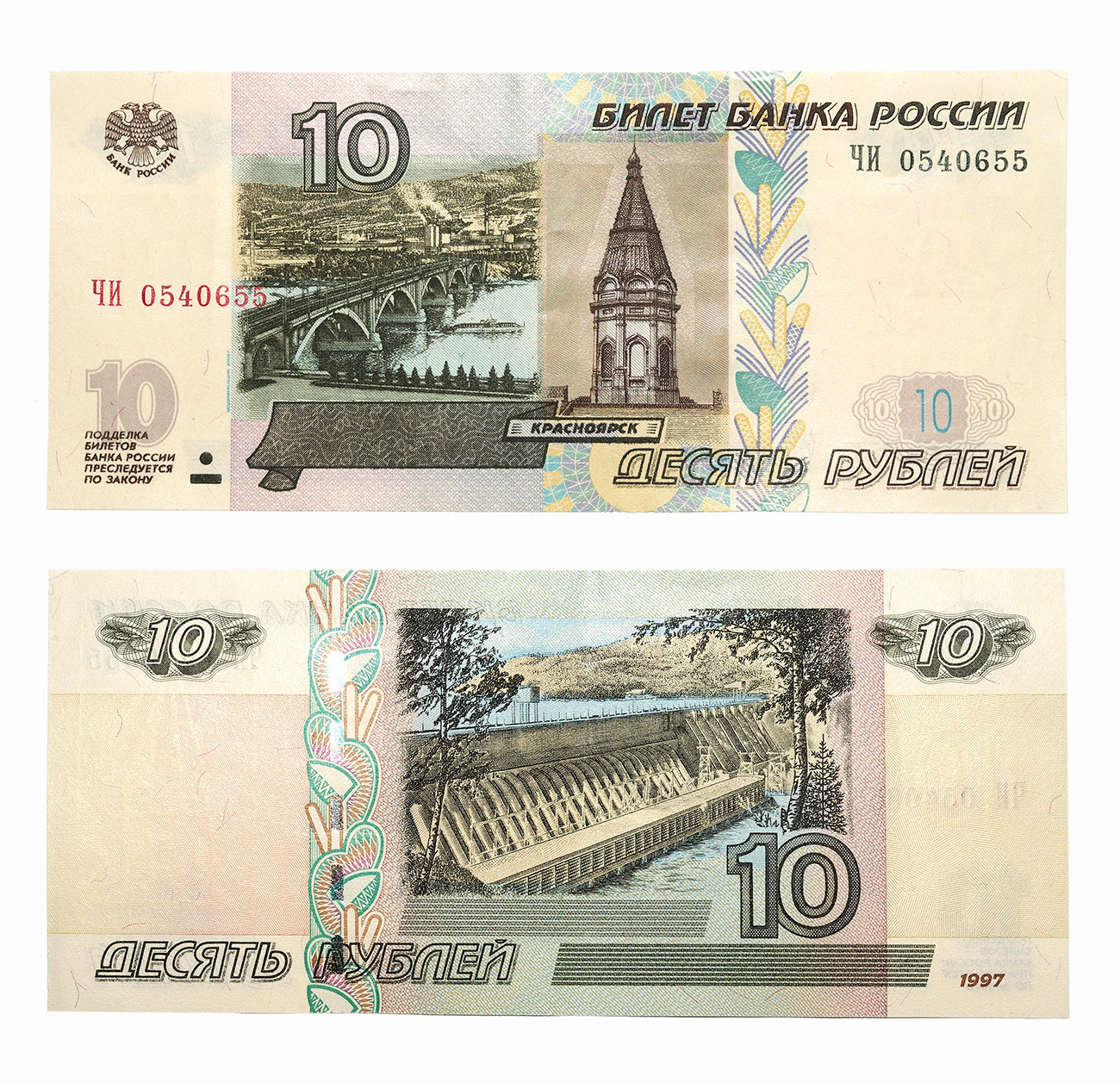 10 rubles / Global Look Press
10 rubles / Global Look Press
This note features the Siberian city of Krasnoyarsk, and on one side we see the picturesque Kommunalny Bridge and the Paraskeva Pyatnitsa Chapel. Both landmarks can be seen if you walk along Krasnoyarsk’s main street, Prospect Mira. The impressive Krasnoyarsk Hydroelectric Station is depicted on the other side of the note.
Krasnoyarsk residents were so upset when they heard their note was to be replaced with a faceless coin that they decided to erect a monument. The bronze crumpled “Chirik,” (slang for a 10-ruble note), appeared in Krasnoyarsk in 2011.
2. 50 rubles
 50 rubles / Global Look Press
50 rubles / Global Look Press
The blue 50-ruble note has St. Petersburg on it. On one side you see the sculpture of a girl who symbolizes the Neva River, with the Peter and Paul Cathedral in the background. The Spit of Vasilievsky Island, with the Old St. Petersburg Stock Exchange and the Rostral Column, are pictured on the note’s other side.
3. 100 rubles
 100 rubles / Global Look Press
100 rubles / Global Look Press
The brown design of the 100-ruble note is entirely dedicated to the Bolshoi Theater in Moscow. One side features the sculpture of Apollo's Quadriga on the front of the theater, while the other side has a general view of the theater.
4. 200 rubles
 The Monument to Sunken Ships and ruins of the Ancient Greek city of Chersonesus / Public doman
The Monument to Sunken Ships and ruins of the Ancient Greek city of Chersonesus / Public doman
This new note was issued in 2017. A note of this denomination appeared several times in Russian history, in particular in the 1990s. This time it will feature Sevastopol, Crimea’s main sea port, and its main symbols – a monument to sunken ships and a view of the Ancient Greek city of Chersonesus, which now lies in ruins.
5. 500 rubles
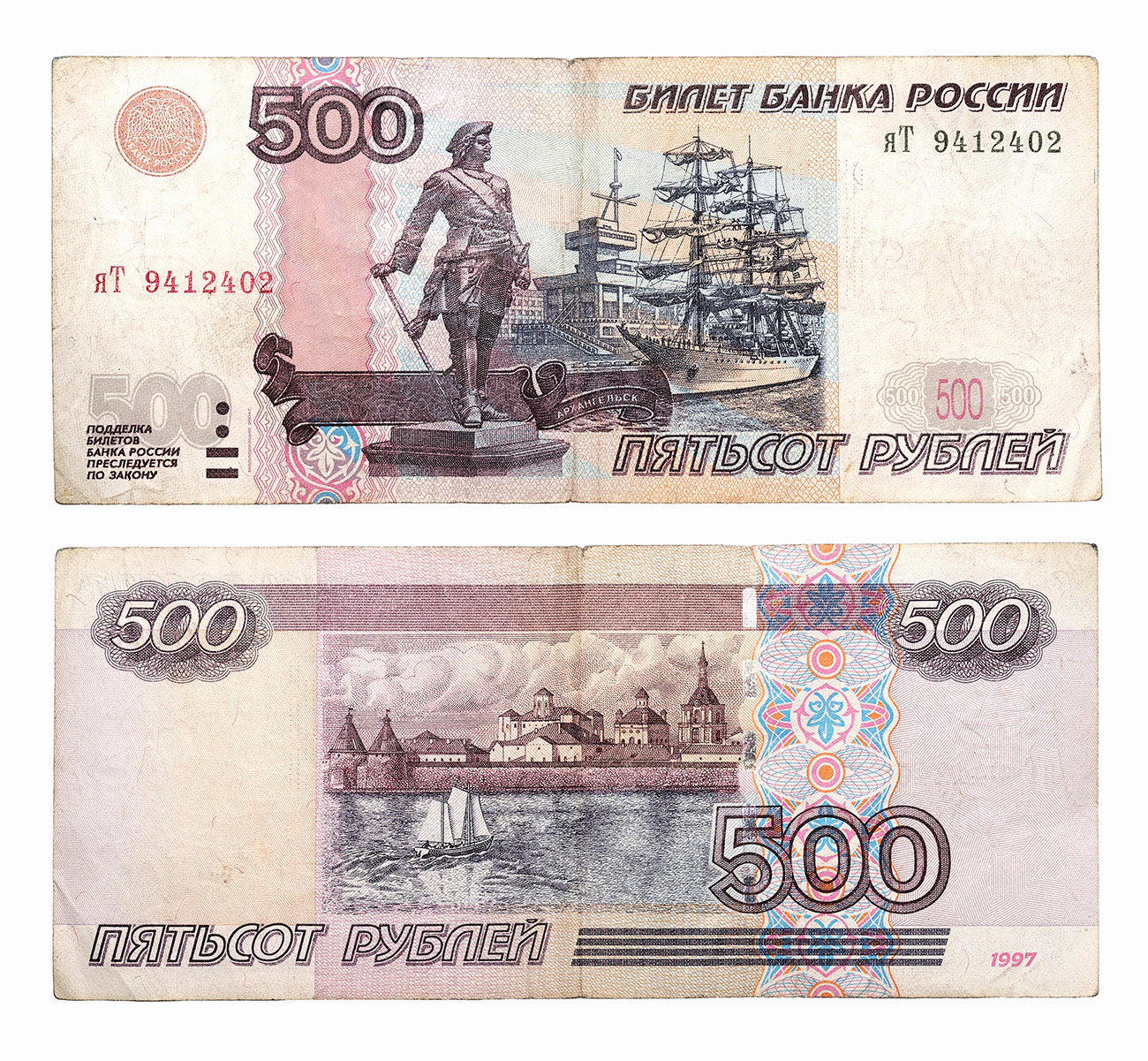 500 rubles / Global Look Press
500 rubles / Global Look Press
This violet banknote takes us to the Russian North, where the Peter the Great monument in the city of Arkhangelsk is featured on the background of a sailboat and the Port of Arkhangelsk. And the Solovetsky Monastery can be seen on the other side.
6. 1,000 rubles
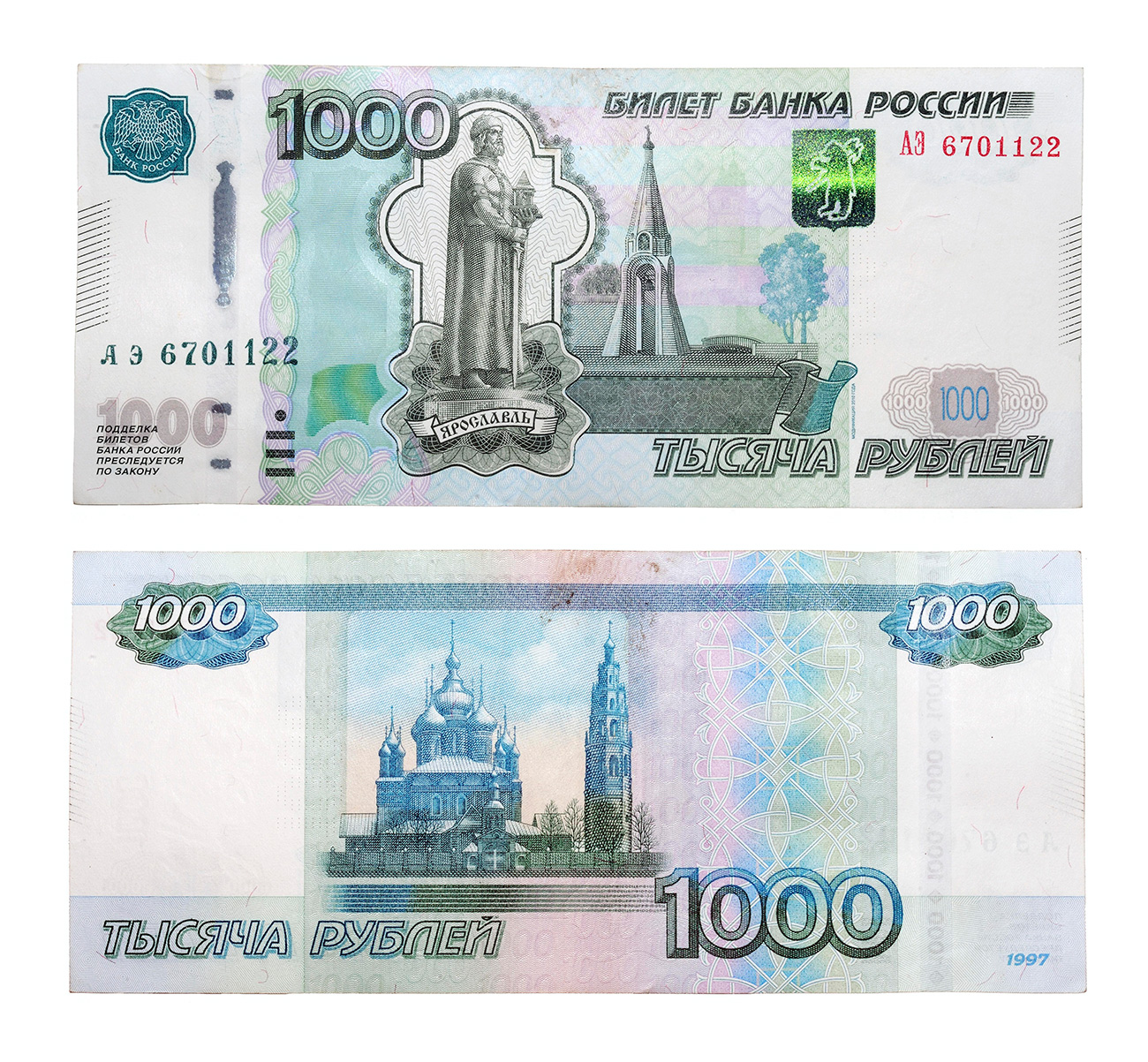 1000 rubles / Global Look Press
1000 rubles / Global Look Press
This green banknote has been issued since 2001, and until 2006 it was the country’s highest denomination. One side has a modern-day monument to the medieval ruler, Yaroslav the Wise, which is now in the city of Yaroslavl. In the background you see the city of Yaroslavl’s official emblem (a bear), Our Lady of Kazan Chapel, the bell tower of the Church of Our Lady of Pechora, and the Gates to the Transfiguration Monastery in Yaroslavl. The other side features the famous 17th century wooden St. John the Baptist Church.
7. 2,000 rubles
 Russky Bridge in Vladivostok and Vostochny spaceport / Public domain
Russky Bridge in Vladivostok and Vostochny spaceport / Public domain
This note was issued in 2017 and it features the main symbols of Russia's Far East: the new Vostochny spaceport, and the Russky Bridge in Vladivostok.
Vladivostok was chosen by public vote, but you could have guessed the outcome in advance. The song, Vladivostok 2000, by the rock band Mummy Troll, is a popular Russian hit.
8. 5,000 rubles
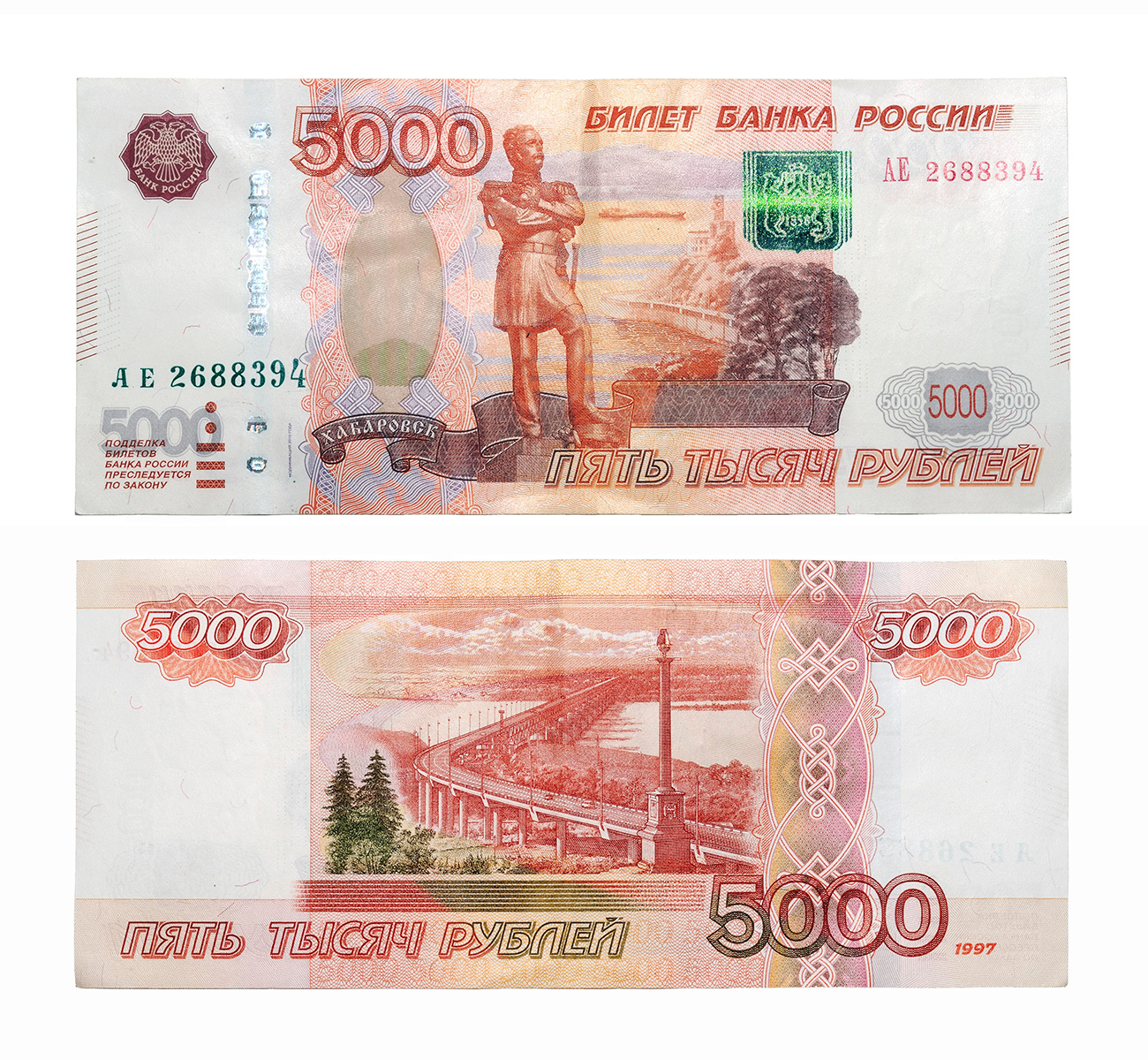 5000 rubles / Global Look Press
5000 rubles / Global Look Press
This note currently has the largest denomination and was issued in 2006. It is devoted to the city of Khabarovsk, and on one side you see the Amur River and a monument to Muravyev-Amursky, the 19th century Eastern Siberia governor who founded the city of Khabarovsk and returned the Amur River back to Russia from China.
The other side features the bridge across the Amur River.
If using any of Russia Beyond's content, partly or in full, always provide an active hyperlink to the original material.
Subscribe
to our newsletter!
Get the week's best stories straight to your inbox